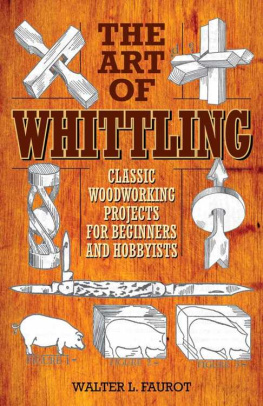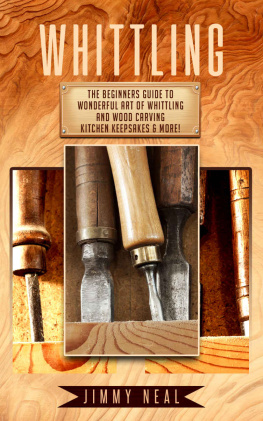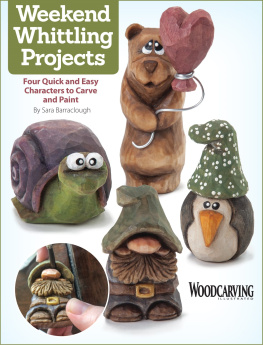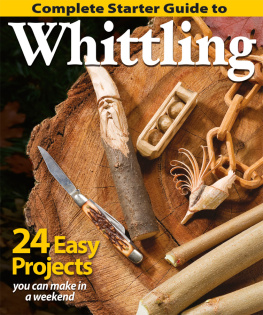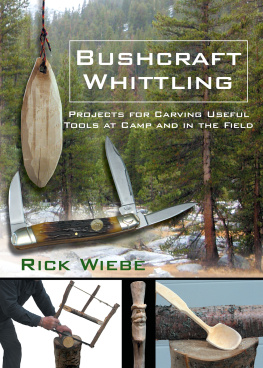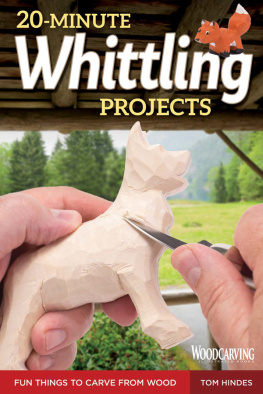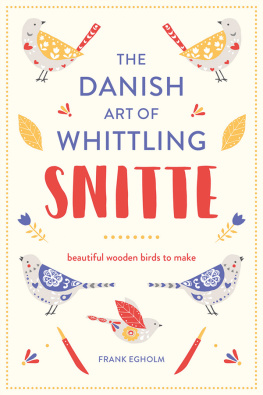Copyright 2015 by Walter L. Faurot
All rights reserved. No part of this book may be reproduced in any manner without the express written consent of the publisher, except in the case of brief excerpts in critical reviews or articles. All inquiries should be addressed to Skyhorse Publishing, 307 West 36th Street, 11th Floor, New York, NY 10018.
Skyhorse Publishing books may be purchased in bulk at special discounts for sales promotion, corporate gifts, fund-raising, or educational purposes. Special editions can also be created to specifications. For details, contact the Special Sales Department, Skyhorse Publishing, 307 West 36th Street, 11th Floor, New York, NY 10018 or info@skyhorsepublishing.com.
Skyhorse and Skyhorse Publishing are registered trademarks of Skyhorse Publishing, Inc., a Delaware corporation.
Visit our website at www.skyhorsepublishing.com.
10 9 8 7 6 5 4 3 2 1
Library of Congress Cataloging-in-Publication Data is available on file.
Cover design by Richard Rossiter
Cover photo credit Walter L. Faurot
Print ISBN: 978-1-62914-537-2
Ebook ISBN: 978-1-62914-860-1
Printed in China
CONTENTS
Woods. Pocket-knife. Sharpening the pocket-knife. To remove wire edge.
The endless chain.
Ring and Dumb-bell. Interlocked hearts.
How to make the special tool.
Selecting a bottle. Making a drawing. Colors and finishes. Perfect joints. Order of inserting in the bottle. A ship in a bottle. The trick hull. The rigging. The mysterious cross-bar.
INTRODUCTION
T HE love of tools seems to have been a natural trait among the youth of all ages. This is especially true in regard to the use of the pocket-knife. What normal boy does not love to whittle? It is an almost universal outlet for his natural creative ability; and I daresay that the boy never lived who would refuse to own a knife! Countless thousands of boys take great pleasure in aimless whittling on any chance stick or piece of wood that comes to hand. They all feel the urge to make something, though very few ever have an opportunity to learn even the elementary principles of making the many articles that it is possible to fashion with this common and highly useful tool. Few even know how to handle a knife without danger to themselves.
There is hardly a boy who does not know how to make a whistle from a twig of willow or cottonwood, when the sap is running in the spring. Beyond this point there is an appalling lack of knowledge of the various interesting things that can be accomplished.
As a boy, I became interested in the art of whittling through coming in contact with an older lad while attending a country school in the Middle West. This boy was familiar with only a few stunts, but was an adept at those few. In the course of time I acquired an old knife and a chunk of sugar-pine, and from him learned to make a few similar things. With the passage of years I learned to make many otherssome by experimentand often I came in contact with a piece of knife work I had never seen before. Many times acquaintances, seeing my interest in such things, would describe pieces of work they had seen. Some of these I was successful in making from description alone. But in several cases it was years before I had an opportunity to actually see and study some of those things I knew only by description.
As my interest has never flagged and I have always been eager to try out new things, I am still learning. Even now, after over twenty years of experience, 1 occasionally run across a new idea and I do not doubt that I shall find more of them in the future. I have made, or attempted to make, every piece of whittling that I have ever heard of and many others that I have designed. Whittling, I have found, is a great breeder of patience; and many an otherwise weary hour has been whiled away in this interesting and useful occupation.
Although constantly on the lookout, I have come across but very little published work upon the subject. My information is, therefore, first-hand and everything herein described has been thoroughly tried out and found to be practicable.
Wishing to pass on the many things that I have gathered in the way of stunts, and information regarding tools, materials, and methods, is my motive in presenting this work. Moreover, I recognize the need for practical instruction in this fascinating branch of wood-carving.
The descriptions, diagrams, and illustrations will be as clear and easy to follow as I can possibly make them. By following the instructions carefully, I am sure that any one who is at all interested can make any and every one of the articles, tricks, and novelties herein described. I can not, of course, promise you absolute success in every attempt; materials vary and accidents can easily happen while working upon a fragile bit of carving. The main ingredient for a successful repertoire of whittling stunts is perseverance. You will perhaps break many pieces before they have become finished, but do not become disheartened. Remember that this is inevitable and that breakage is almost bound to occur; then start another. Accept breaks as a part of the process. I do not intend to tell you how many pairs of scissors I broke before the first perfect pair was completed. And even now, after having made many, many pairs, I still spoil one occasionally. As it is usually my own fault, I endeavor to learn something every time it happens, and therefore do not let the failure discourage me.
W ALTER L. F AUROT .
January, 1930
CHAPTER I
T OOLS AND M ATERIALS
T O LEARN the rudiments of this fascinating craft, only the few following things are required:
A desire to createborn in us all.
An ordinary amount of patience and care. Skill will develop itself.
A good pocket-knife or two, and a small oilstone to keep them in perfect condition.
Some scraps of wood of the proper kinds, which will vary according to the nature of the article you are planning to make.
A coping- or fret-saw, which is a handy accessory and will save much labor in the blocking out of articles, especially the animal toys.
I will endeavor to lead you step by step, through all the elementary problems, and explain as clearly as I can the many quirks and kinks; also the pitfalls of the process. Many additional facts you will learn only through your own experience. But, by following the directions faithfully, you should soon become expert in carving all the ordinary subjects. You may, perhaps, fail many times in trying to carve the more difficult things; but, as I have stated before, you must not lose faith in yourself. Study the instructions and the plates again and try to discover the reason for your failure. Then get a fresh piece of wood and try again. You will soon have an envious collection of your own handiwork, which will be of more value to you as time goes on. I have a few bits which I whittled about fifteen years ago and, although they are crude in comparison to some of the later pieces I have turned out, I am sometimes surprised that I did even so well.
Woods
In order to proceed, you will need some pieces of smooth, straight-grained cedar, soft white or sugar-pine, or basswood. These woods are the best, and you will soon learn the peculiarities of each and can tell upon sight the kinds that will serve you best and which are the most appropriate for the purpose at hand. Different kinds of work require different woods. Those that I have mentioned, however, will be found practical for almost every piece you may wish to make.
After you have learned the rudiments of the craft, you can experiment with the harder woods and may eventually acquire a preference for that kind.

